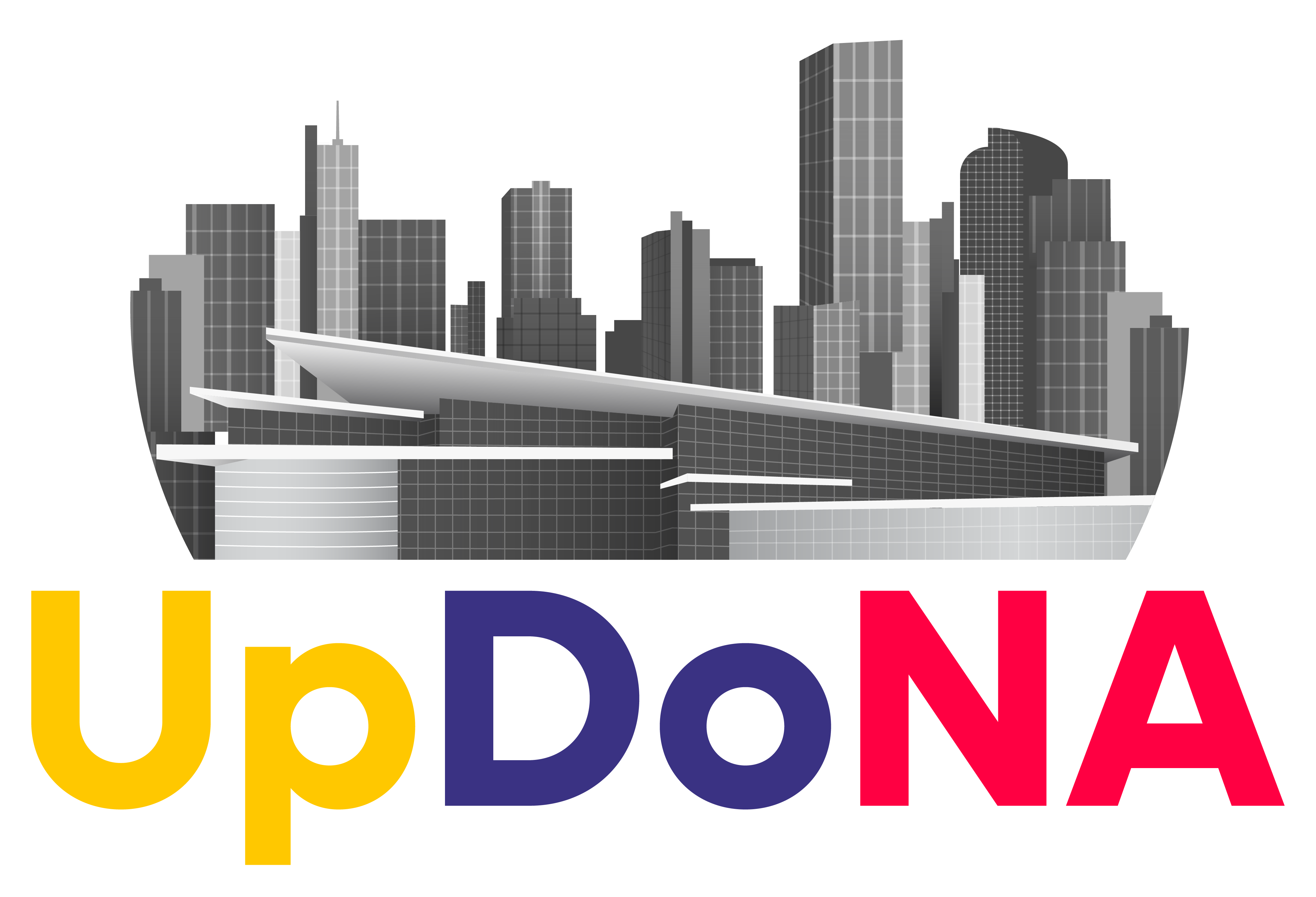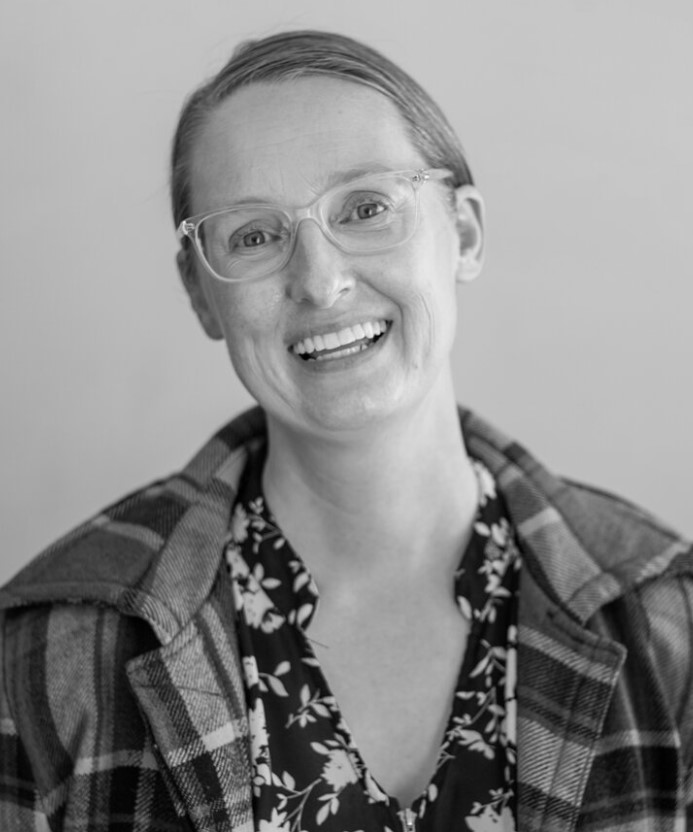Note: First, let me say that these articles that we send out to the membership usually come from the Safety and Quality of Life Committee, often written in the third person. There are strong opinions on both sides of this particular question, and in this case, I decided to just give you my personal views and the reasons for them. Rob Squire
Harm reduction. Who could be against reducing harm? Well, I could be, or at least I was.
Did you know that Denver has a program that is partially funded by taxpayers’ money that gives out free syringes to drug addicts? When I first heard of that, my gut reaction was “WE DO WHAT? YOU MEAN MY TAXES ARE BEING USED TO ENABLE DRUG ADDICTS INSTEAD OF GETTING THEM OFF OF DRUGS?” That’s a bad idea. No, that’s a really bad idea. That’s an idea so bad, that compared to it, filling your Camelback full of gasoline and hiking through a forest fire almost sounds reasonable. After thinking about it for a while, I realized that my thoughts were based on emotion. I had an opinion – I just didn’t have an informed opinion. I thought that it’s an idea that is so crazy sounding and so preposterous that there must be something that I was missing. Well, as it turns out, there was.

We set up a meeting with Lisa Raville who runs Denver’s Harm Reduction Action Center (HRAC) and three members representing the Safety and Quality of Life Committee and the UpDoNA board.
Photo attribution: HRAC Website
The HRAC is an unassuming building on Lincoln Ave where they provide several services, notably a syringe program that I had heard of. I walked to the HRAC early one Sunday morning a couple of days before our meeting, fully expecting to see mounds of trash on the ground around the building and drugged out addicts draped out in alleys and lying on the sidewalks. That wasn’t what I found. Instead, I found very clean, trash-free orderly grounds and there wasn’t a tent or sleeping bag in sight. It turns out that the staff and program participants go out once a week and clean up the neighborhood in the four-block area around their facility. I am impressed that they are trying to mitigate the impacts on the local community due to their own presence, and this was a good start to the conversation.
During the meeting, I asked Ms. Raville to explain to us what societal benefits come out of Harm Reduction rather than just the benefits to drug users. Their entire approach is based on the belief that you can’t stop people from using drugs, and if they want to use them, they’re going to find a way. That being the case, you might as well focus on reducing the negative effects of that drug use.
She explained that it isn’t as much a free syringe program as it is a Syringe Exchange Program (SEP). In the program, if you bring in used syringes, they’ll properly dispose of them and give you a new one for each one you turn in. Part of the intent is to reduce the number needles that are improperly disposed of in and around our city. Over the last 10 years, they have had 167,179 “syringe access episodes” (SAE), and they claim an 87% return rate. At each SAE, an addict may exchange 10-100 syringes. Over the past 10 years the HRAC has properly disposed of 5.9 million syringes in medical waste, rather than those syringes being thrown away in parks, on sidewalks and in trash cans where others could be stuck by them. That to me is important, because I personally am repulsed when I see a needle laying on the ground.
Ms Raville also indicated that SEPs help reduce needle stick injuries to police and fire personnel, a position which is backed up by the American Foundation for AIDS Research (amfAR) which quotes the Macon County, NC Sheriff’s department as saying that they reduced needle stick injuries to his department by 66%. The amfAR document that I saw had numerous quotes from Law Enforcement organizations across the country that support these programs. Sgt. Lucero of the Denver Police Department’s Homeless Outreach Team attended the meeting, and he is a strong proponent of the program.
Ms Raville and the backup information that she provided indicated that SEPs reduce the incidence of diseases such as HIV, and hepatitis B & C among users because they don’t share needles as often. She pointed out that when an addict gets one of these diseases, they will seek treatment which will often be funded through Medicaid. Reducing the spread of these diseases eases the financial burden on the taxpayer by reducing the number of addicts requiring treatment for these diseases.
Along the same lines, they also provide alcohol wipes to addicts. If an addict fails to clean the site of an injection, he risks a serious skin infection. Some experts say that soft tissue infection is the most common cause of hospital admissions among IV drug users and providing a one-cent wipe can prevent taxpayer-funded treatment for those infections. That seems quite cost-effective.
We steered the discussion toward the bothersome question of “How doesn’t this encourage drug use, rather than getting people off of drugs?” Every time someone walks in the front door, they are given the opportunity to talk with a case worker. Sometimes they do. Over the past 10 years, there have been over 100,000 referrals made by HRAC for various issues, and about 1,000 referrals were made for drug abuse or mental health treatment in that past year. That’s 1,000 more referrals than would have occurred without the program.
Even though I now understand many of the positive aspects of the program, I still see some negatives. First, no matter where the HRAC is located, it will bring a high concentration of addicts to that local area. That represents an unfair burden on any resident or business nearby. There is really no way to mitigate that.
Additionally, one could argue that there should be more aggressive attempts made to get people into treatment rather than just asking them to check a block on an intake form if they want to talk with someone. Ms. Raville argues that her approach gets people help when they are ready for it. The counter to that is that people on drugs aren’t in a rational frame of mind, and they need to be steered more aggressively into treatment. This to me is a big negative that could seemingly be easily changed, but they choose not to.
If I concluded anything, it is that there are definite benefits to society by Harm Reduction and SEPs although it is not without some drawbacks. Ms. Raville is clearly a caring person who wants to help people, and I think Denver is better off with her program than it would be without it, and with a small tweak, it could be significantly improved.


